What is HOAT Coolant?
HOAT coolant stands for Hybrid Organic Acid Technology coolant. It is a type of automotive coolant designed for modern engines. Unlike traditional coolants, HOAT coolant combines inorganic and organic additives. This unique composition provides better protection against rust and corrosion compared to older coolant types.
HOAT coolant typically contains silicates and organic acids. Silicates protect metal surfaces in the engine, like aluminum and iron. Organic acids help extend the life of the coolant and maintain the effectiveness of the anti-rust properties. This combination makes HOAT coolant highly effective in preventing wear and tear in engines.
HOAT coolants are known for their long service life. They usually last for up to five years or 150,000 miles. This is longer than conventional coolants, which often need replacement every two years or less.
This type of coolant is commonly used in newer vehicles, especially those manufactured by Chrysler, Ford, and some European automakers. Before using HOAT coolant, always check your vehicle’s manual to ensure compatibility. Using the wrong type of coolant can lead to engine performance issues or damage.
Understanding what HOAT coolant is will help you choose the right product for your car. Effective coolant ensures a well-maintained engine and fewer repair needs.
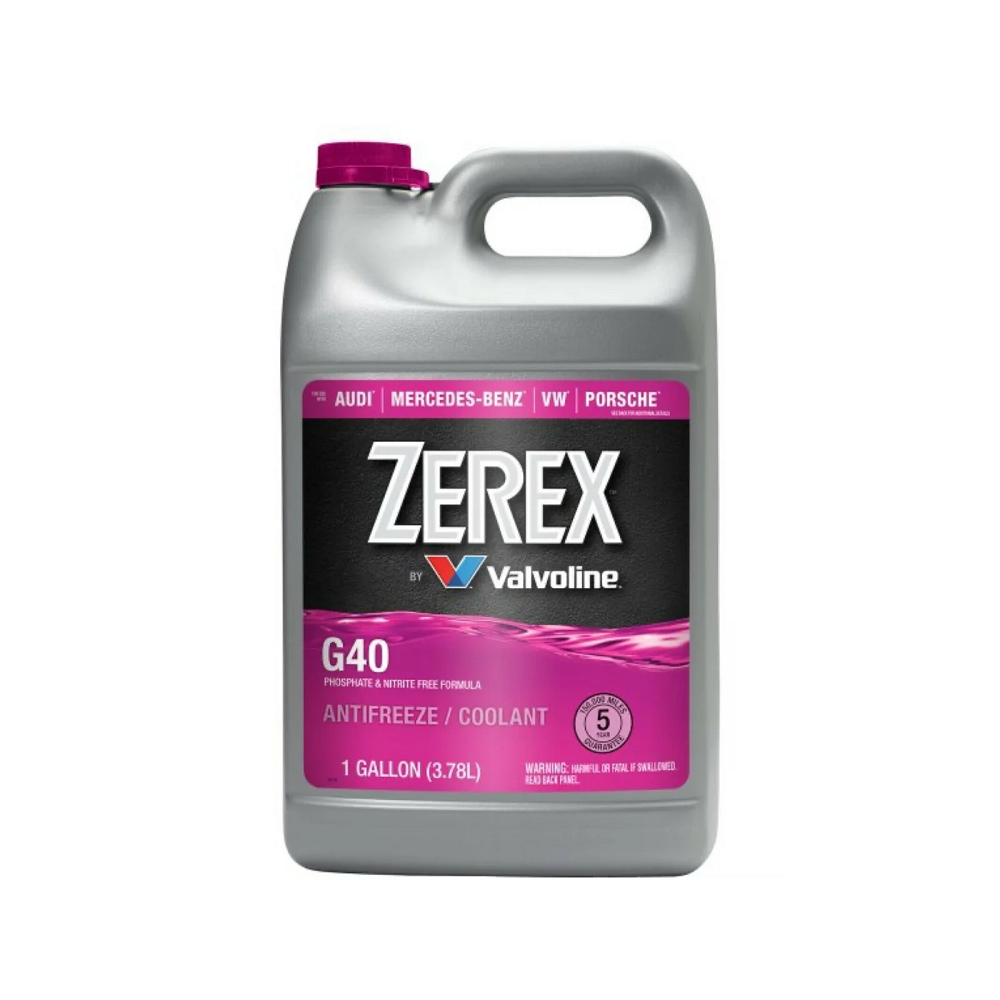
How HOAT Coolant Differs from Other Coolants
HOAT coolant stands out due to its unique mix of inorganic and organic additives. Unlike other coolants, it combines silicates and organic acids in one formulation. This combination provides superior protection against rust and corrosion.
Comparison with Traditional Inorganic Coolants
- Additive Composition: Traditional inorganic coolants rely heavily on silicates and phosphates. HOAT coolant blends these with organic acids, enhancing its protective properties.
- Durability: Inorganic coolants typically require replacement every two years. HOAT coolants, on the other hand, last up to five years or 150,000 miles.
- Performance: Inorganic coolants may not offer the same long-term corrosion protection as HOAT coolants. HOAT coolants excel in protecting both aluminum and iron engine components.
Comparison with Organic Acid Technology (OAT) Coolants
- Additive Differences: OAT coolants exclusively use organic acids. HOAT coolants combine organic acids with silicates for added protection.
- Application: HOAT coolants are typically used in American and European vehicles. OAT coolants are often found in Asian-made vehicles.
- Durability: Both OAT and HOAT coolants are long-lasting. However, the added silicates in HOAT coolants enhance its lifespan and protective qualities.
Performance in Extreme Conditions
HOAT coolant performs better in preventing rust and scaling compared to traditional coolants. Its mixture of additives ensures it maintains stability in various temperatures, offering year-round engine protection.
By understanding these differences, you can select the right coolant for your vehicle. Always check your owner’s manual to confirm compatibility with HOAT coolants.
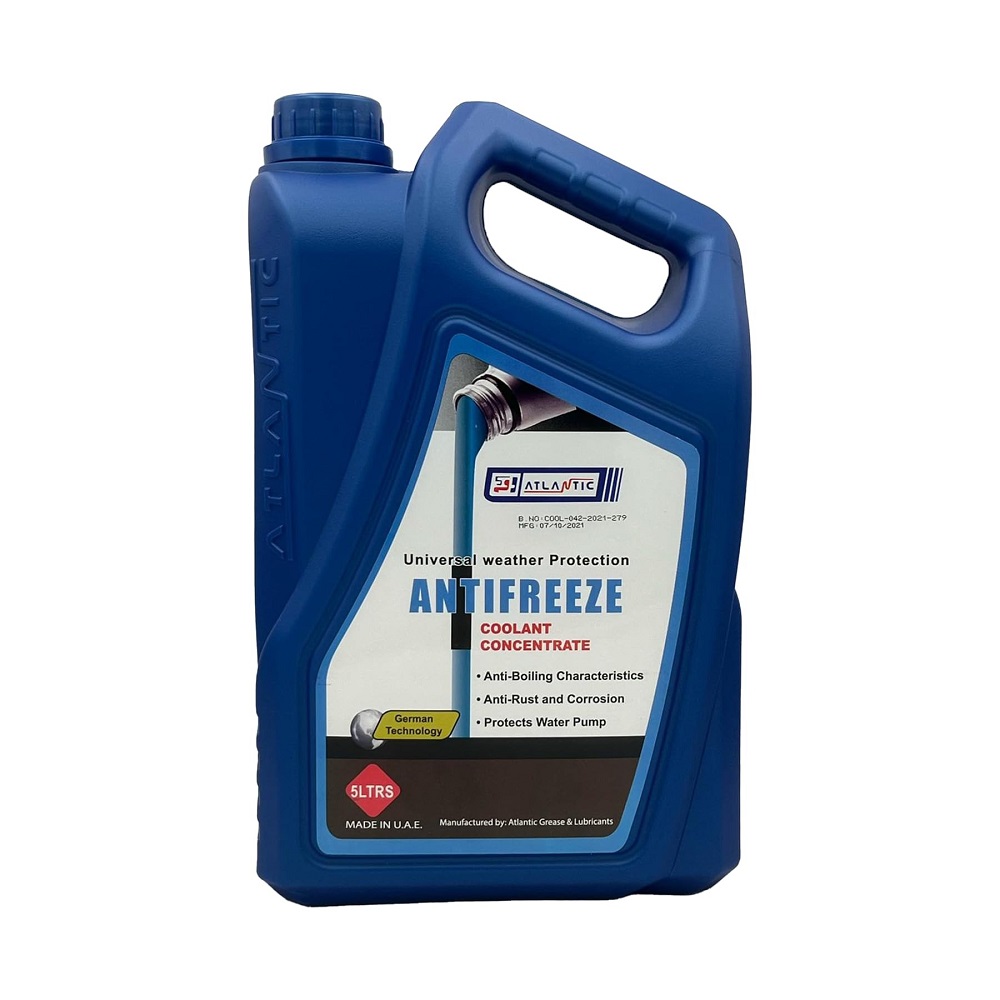
Key Features and Composition of HOAT
HOAT coolant is known for its unique and advanced composition. It combines both inorganic and organic additives to provide enhanced protection for modern engines. This dual-action formula ensures long-lasting performance and superior engine care.
Key Features of HOAT Coolants
- Long Lifespan: HOAT coolants lasts up to five years or 150,000 miles, reducing frequent replacements.
- Anti-Corrosive Properties: It prevents rust and corrosion, protecting engine parts like aluminum and iron.
- Thermal Stability: This coolant maintains effectiveness under extreme temperature variations, providing consistent protection.
- Scale Prevention: HOAT coolants reduces scaling in the engine, improving overall efficiency.
- Enhanced Protection: The combination of silicates and organic acids ensures comprehensive engine component care.
Composition of HOAT Coolants
- Silicates: These provide protection to metal surfaces, particularly aluminum and iron parts.
- Organic Acids: They contribute to rust prevention and extend the coolant’s lifespan.
- Additive Blend: The mix of inorganic additives and organic acids offers dual-layer protection.
- Dye Colors: HOAT coolants are often dyed in specific colors like orange, yellow, or pink to distinguish them from other types.
Understanding these characteristics helps you see why HOAT coolant is a preferred choice. If you want optimal engine performance and protection, choosing HOAT coolants can be a wise decision. However, always confirm compatibility with your vehicle’s manufacturer guidelines before use.
Benefits of Using HOAT
Using HOAT coolant offers numerous benefits for modern engines, ensuring enhanced performance and longevity. Here are the key advantages:
1. Extended Lifespan
HOAT coolant lasts longer, typically up to five years or 150,000 miles. This reduces the frequency of coolant replacements, saving time and money in the long run.
2. Superior Corrosion Protection
The combination of silicates and organic acids in HOAT coolants provides excellent protection against rust and corrosion. It safeguards crucial metal components like aluminum and iron in the engine, preventing wear and tear.
3. Improved Engine Efficiency
HOAT coolants prevents scaling and deposits from forming on engine surfaces. This helps improve heat transfer, ensuring optimum engine performance and reducing potential overheating issues.
4. Thermal Stability
HOAT coolant is designed to perform consistently in a wide range of temperatures. It maintains stability in both extreme hot and cold conditions, offering year-round engine protection.
5. Compatibility
HOAT coolant is widely compatible with many modern vehicles, particularly those from American and European automakers. Always verify your vehicle’s manual before using this coolant.
6. Reduced Maintenance Costs
The extended lifespan and anti-corrosive properties of HOAT coolants minimize the costs of frequent coolant replacements and potential engine repairs. This makes it a cost-effective solution for long-term vehicle care.
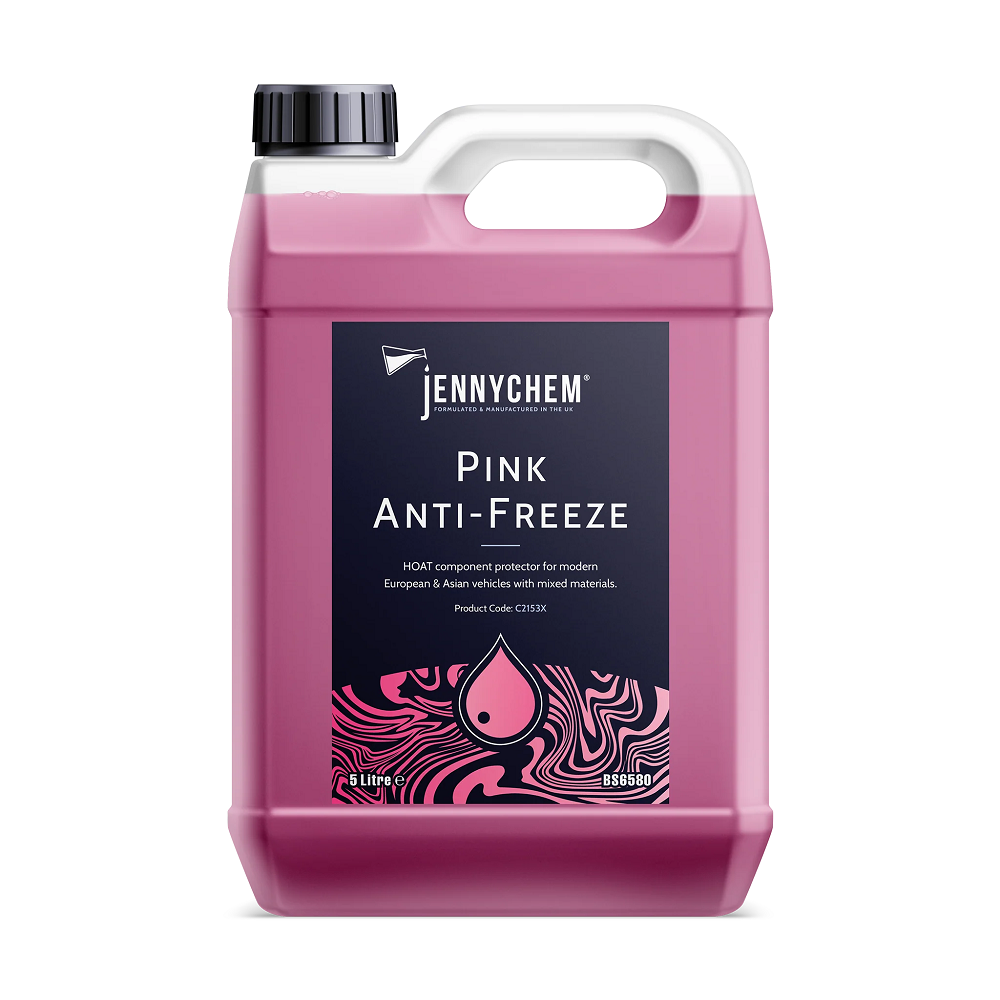
7. Eco-Friendly Choice
HOAT coolant has a more environmentally friendly composition compared to older inorganic coolants. It uses advanced ingredients that contain lower levels of certain harmful chemicals like phosphates.
Switching to HOAT coolants can significantly enhance your vehicle’s reliability and performance. Always maintain the manufacturer-recommended coolant type to keep your engine in optimal condition.
Suitable Applications and Compatibility of HOAT
HOAT coolant is designed for modern car engines, especially in American and European vehicles. It combines the benefits of inorganic and organic additives, offering excellent engine protection and performance.
Recommended Applications
- Ideal for Newer Models: HOAT coolant is commonly used in late-model cars, especially those made by Chrysler, Ford, and certain European manufacturers like BMW and Mercedes.
- Engine Types: It works well with engines made of aluminum and iron components. These engines benefit from HOAT coolant’s corrosion protection and thermal stability.
- Cold and Hot Climates: HOAT coolants can withstand extreme temperatures, making it suitable for various geographical conditions.
- Extended Driving: It is perfect for drivers covering long distances, as HOAT offers durability up to 150,000 miles.
Compatibility Considerations
- Vehicle Manufacturer Guidelines: Always consult your car’s manual to confirm compatibility with HOAT coolants.
- Mixing Coolant Types: Avoid mixing HOAT with other coolant types like OAT or conventional. Combining coolants can reduce effectiveness and harm the engine.
- Specific Dye Colors: HOAT coolants are typically orange, yellow, or pink. Check the coolant’s color ensuring it matches your vehicle requirements.
Using HOAT coolants in appropriate vehicles enhances engine life, efficiency, and reliability. However, compatibility is crucial to prevent potential engine damage.
How to Identify HOAT in Your Vehicle
Knowing how to identify HOAT coolants in your vehicle is essential for proper maintenance. Here is a simple guide to recognize it:
Check the Coolant Color
- Common Colors: HOAT coolants are usually found in colors like orange, yellow, or pink.
- Reference Manufacturer Guidelines: Confirm the recommended color for your vehicle in the owner’s manual.
Read the Label
- Look for “Hybrid Organic Acid Technology”: The label should explicitly mention HOAT.
- Check Compatibility: Ensure the coolant matches the specifications in your car’s user manual.
Match Coolant Types
- Avoid Mixing Different Types: Never mix HOAT coolant with OAT or traditional coolants.
- Match Colors: Similar colors often indicate the same type, but verify the label for accuracy.
Inspect Your Vehicle Maintenance Records
- Previous Coolant Type Used: If your records indicate HOAT coolant, continue using this type.
- Compatibility with Your Vehicle: Confirm your car requires HOAT coolant for optimal performance.
Consult a Mechanic or Professional
- Seek Expertise: A trained mechanic can confirm if your vehicle uses HOAT coolant.
- Address Any Uncertainty: They can help identify the correct coolant type if unsure.
Correctly identifying HOAT coolant ensures long-lasting engine performance and reduces risks of damage. Always follow your vehicle manufacturer’s guidelines.
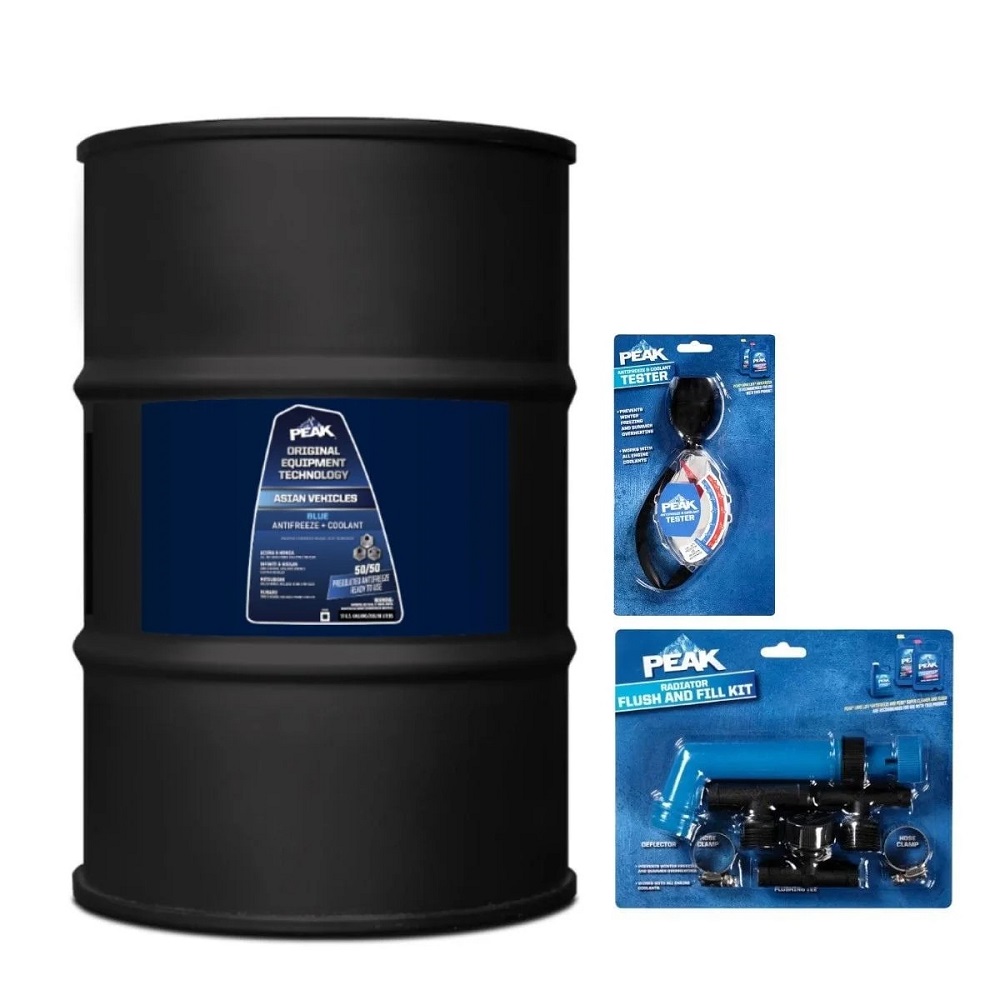
Maintenance Tips for HOAT
Proper maintenance of HOAT coolant is essential for engine protection and performance. Following these tips will help you maximize its benefits:
Regular Coolant Checks
- Inspect Coolant Levels: Check the coolant level every month to ensure proper amounts.
- Check for Leaks: Look for any signs of coolant leaks under your vehicle.
- Monitor Coolant Color: Ensure the coolant maintains its original color, like yellow, pink, or orange.
Maintaining Coolant Quality
- Top-Up When Necessary: Use the same type of HOAT coolants specified in your vehicle’s manual.
- Avoid Mixing Types: Do not mix HOAT coolants with OAT or traditional coolants.
- Replace Expired Coolant: Change your coolant as per the recommended interval—every five years or 150,000 miles.
Regular System Maintenance
- Flushing the System: Perform system flushes periodically to remove built-up deposits and debris.
- Inspect Components: Check hoses, radiator, and seals during coolant maintenance.
- Ensure Proper Cooling: Clean the radiator and cooling system to improve heat transfer.
Professional Help
- Get Regular Inspections: Visit a certified mechanic for routine coolant system checks.
- Replace Damaged Parts: Always replace worn-out or damaged cooling system components immediately.
- Follow Manufacturer Advice: Adhere strictly to your vehicle manual regarding HOAT coolants.
Storage and Handling
- Store Coolant Properly: Keep HOAT coolants in a cool, dry place away from direct sunlight.
- Dispose Responsibly: Use designated facilities to discard old coolant safely.
Maintaining HOAT coolants ensures engine longevity and optimal performance. Regular checks prevent costly repairs and ensure reliability.
Frequently Asked Questions About HOAT Coolant
1. What does HOAT stand for?
HOAT stands for Hybrid Organic Acid Technology. It is a specially formulated automotive coolant.
2. How is HOAT coolant different from traditional coolant?
HOAT coolant combines inorganic additives (like silicates) and organic acids, ensuring superior rust protection. Traditional coolants rely mainly on silicates and phosphates.
3. How long does HOAT coolant last?
HOAT coolant has a longer lifespan, lasting up to five years or 150,000 miles.
4. Is HOAT coolant compatible with all vehicles?
No, it works best with modern engines, especially in American and European vehicles like Chrysler and Ford. Always refer to your owner’s manual.
5. What happens if I mix HOAT with another coolant?
Mixing HOAT with other types like OAT or inorganic coolants can reduce effectiveness and harm the engine. Stick to one type.
6. What color is HOAT coolant?
HOAT coolants are typically orange, yellow, or pink. Always check your vehicle’s manual for specifics.
7. Can I replace my vehicle’s current coolant with HOAT?
Only use HOAT coolant if recommended by your vehicle’s manufacturer. Always check your vehicle manual.
8. Is HOAT coolant safe for aluminum engines?
Yes, HOAT coolant’s silicate content protects aluminum parts from corrosion.
9. How often should I check my HOAT coolants levels?
Check your HOAT coolant levels at least once a month for optimal engine care.
10. What are the benefits of using HOAT coolants?
HOAT coolant offers enhanced rust resistance, long-lasting performance, and is effective in extreme temperatures. It also helps protect engine components, improving their lifespan.
11. What should I do if my coolant turns a different color?
Discoloration may indicate contamination or aging. Drain and replace it with new HOAT coolants.
12. Where can I buy HOAT coolants?
You can find HOAT coolant at auto parts stores or certified dealerships. Always buy from reputable sources.
If you have more questions about HOAT coolants, consult your mechanic or vehicle manufacturer. Always prioritize engine protection and compatibility.

Conclusion
HOAT coolant offer remarkable benefits for modern vehicles, delivering exceptional protection, performance, and longevity. Understanding the unique features and advantages of HOAT coolants can greatly enhance your automotive maintenance skills. With the right knowledge, you can confidently select and apply HOAT coolants while ensuring your vehicle remains in top condition. Incorporating the best practices for usage and maintenance will help protect your investment and keep your vehicle running smoothly for many years.
Investing in quality HOAT coolant and adhering to the guidelines presented in this guide can result in improved engine efficiency and reliability. Good vehicle maintenance starts with informed choices, and choosing the correct coolant is a significant first step. Overall, your vehicle will benefit greatly from the care you provide, leading to a smoother and more enjoyable driving experience.
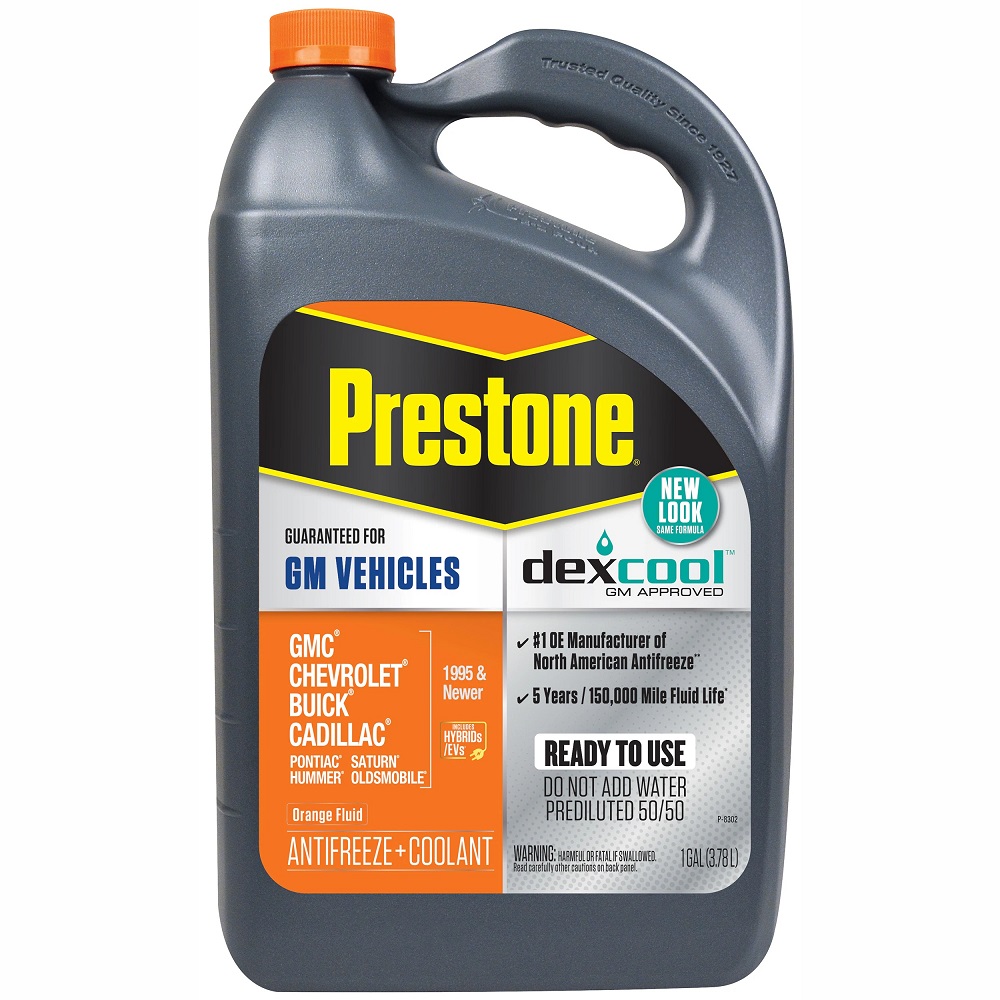
Leave a Reply